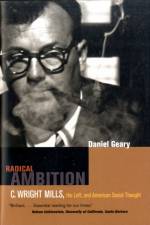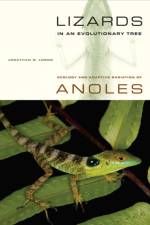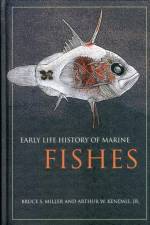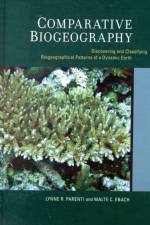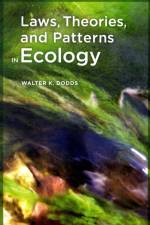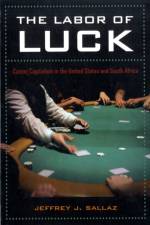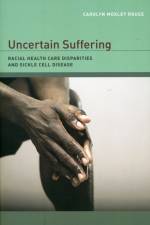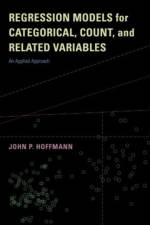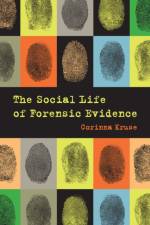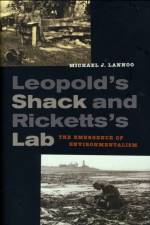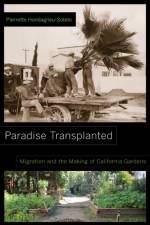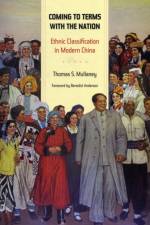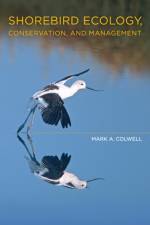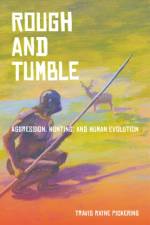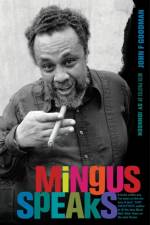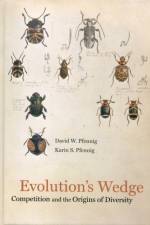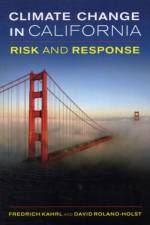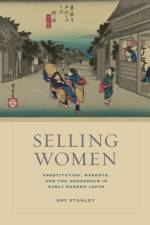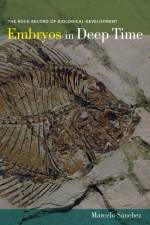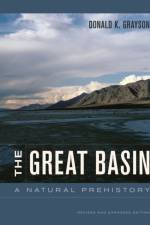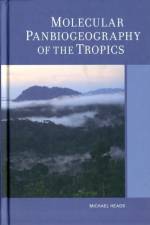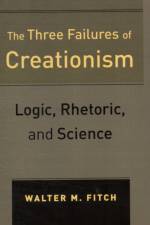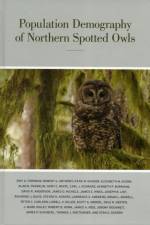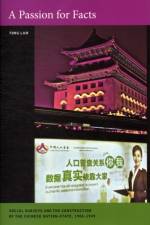- A Natural Prehistory
av Donald Grayson
975
Covering a large swath of the American West, the Great Basin, centered in Nevada and including parts of California, Utah, and Oregon, is named for the unusual fact that none of its rivers or streams flow into the sea. This fascinating illustrated journey through deep time is the definitive environmental and human history of this beautiful and little traveled region, home to Death Valley, the Great Salt Lake, Lake Tahoe, and the Bonneville Salt Flats. Donald K. Grayson synthesizes what we now know about the past 25,000 years in the Great Basin-its climate, lakes, glaciers, plants, animals, and peoples-based on information gleaned from the region's exquisite natural archives in such repositories as lake cores, packrat middens, tree rings, and archaeological sites. A perfect guide for students, scholars, travelers, and general readers alike, the book weaves together history, archaeology, botany, geology, biogeography, and other disciplines into one compelling panorama across a truly unique American landscape.


